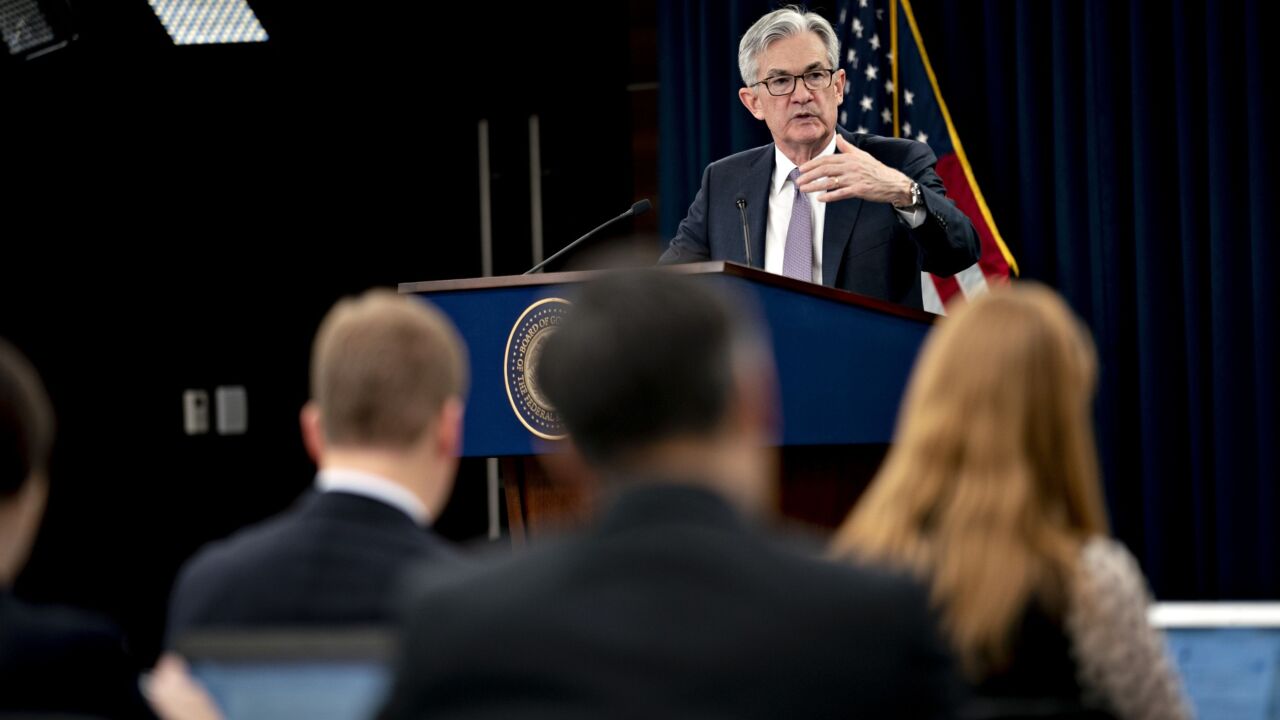
Inflation remains stubbornly above the Federal Reserve's 2% target, but a rate cut
Headline inflation ticked up slightly in November, according to the Labor Department's leading price measurement survey, the consumer price index, providing further evidence that the U.S. economy is not only strong but possibly gaining steam.
The headline growth was driven by a resurgence of food and utility gas prices. In the core index, price growth related to housing and transportation cooled.
The Fed's target for inflation is based on a government survey known as the personal consumption expenditures index, which tends to reflect a lower price growth rate. Its most recent reading from that report showed 2.3% inflation in October, putting it closer to the Fed's objective.

Still, because the two indexes tend to move in the same direction, the November CPI report indicates that the downward progress on inflation remains stalled.
The question heading into next week's Federal Open Market Committee meeting is whether policymakers interpret this data as an early warning of resurgent inflation or merely a temporary leveling off.
Fed officials have expressed differing views on this topic as of late. Last week, Fed Chair Jerome Powell noted that economic growth to this point in the year has exceeded the expectations outlined by FOMC members in September, when they lowered the Fed's policy rate by a half percentage point and projected another two quarter-point cut before the end of the year.
Powell said recent inflation indicators show that the agency has work to do but noted that the broader progress made since 2022 means the Fed has the flexibility to hold off on another cut.
"We're not quite there on inflation, but we're making progress," Powell said. "We can afford to be a little more cautious."
Fed Gov. Michelle Bowman, the lone FOMC member to vote against the 50-basis-point cut in September in favor of a more typical 25-basis-point reduction, set a lower bar for keeping Fed policy unchanged this month.
Bowman supported the committee's decision to implement a
"If we're seeing inflation numbers continuing to kind of bounce around between 2.5% and 3%, that's not 2%, and I think it's important that we recognize that," Bowman said. "So especially as the U.S. economy remains strong, lowering the policy rate too quickly could unnecessarily stoke demand and potentially reignite inflationary pressures, which was another concern that I had at the time. So as we're looking forward and as I'm considering decision making within the FOMC context, I would prefer that we proceed cautiously and gradually in lowering the policy rate as inflation remains elevated."
Other officials have said they would be willing to tolerate a modest uptick in overall inflation. Fed Gov. Christopher Waller said that while recent pricing developments have been discouraging, he believes inflation is still broadly trending down. Because of this, he was
"Policy is still restrictive enough that an additional cut at our next meeting will not dramatically change the stance of monetary policy and allow ample scope to later slow the pace of rate cuts, if needed, to maintain progress toward our inflation target," Waller said. "That said, if the data we receive between today and the next meeting surprise in a way that suggests our forecasts of slowing inflation and a moderating but still-solid economy are wrong, then I will be supportive of holding the policy rate constant."
The Fed's move to ease monetary policy comes as it grows more concerned about the state of employment. While
Next week aside, the Fed's longer-term commitment to bring down interest rates has been welcomed by
The Fed will decide whether to cut rates again or hold policy steady following the FOMC meeting on Dec. 18.




